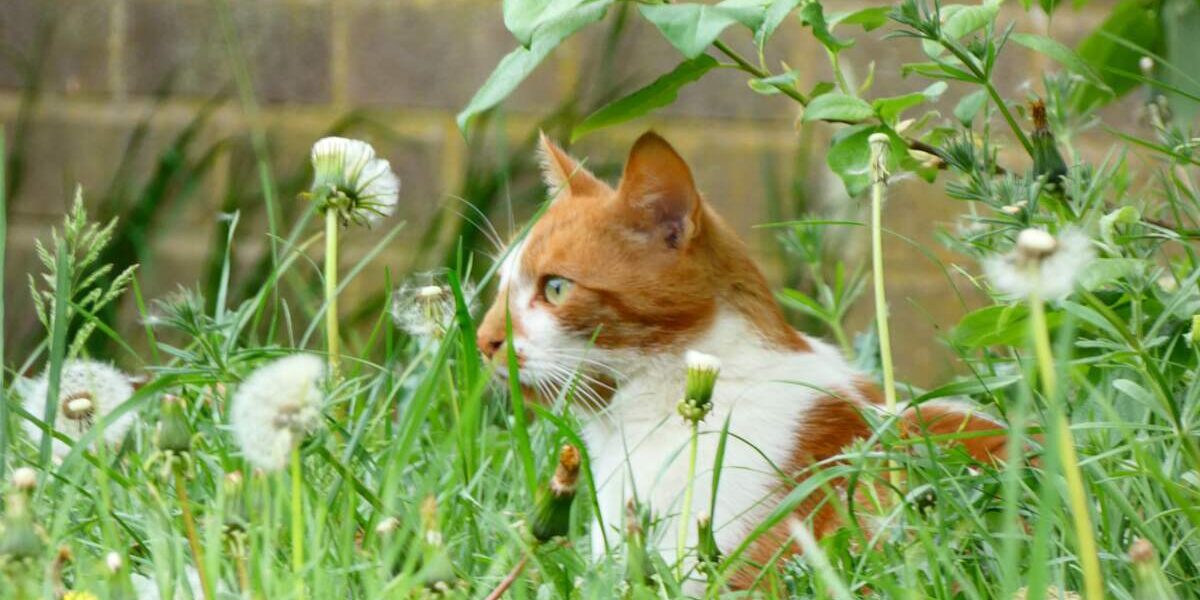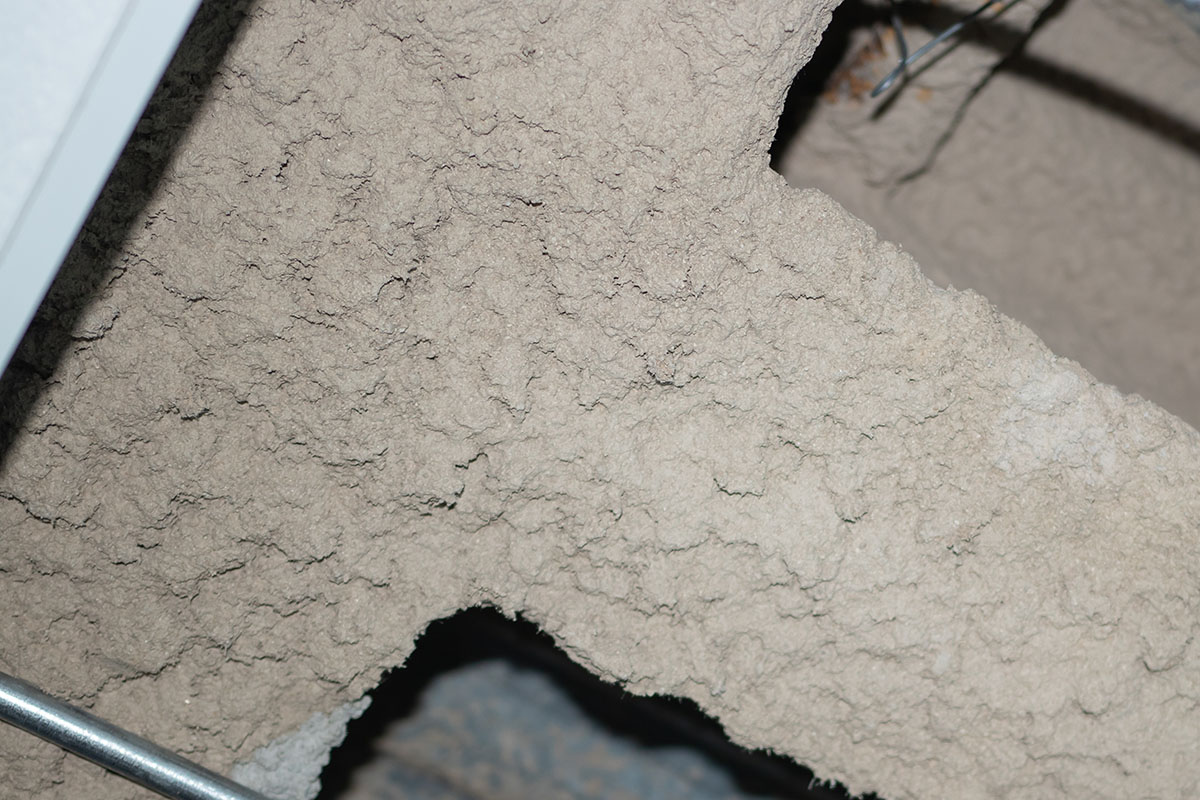Keeping neighbourhood cats out of your garden can feel like a bit of a quest, but it matters for your blooms and the whiskered visitors. Let’s be honest: it’s frustrating when a stray decides your flower bed is the perfect lounge spot or litter tray.
The goal? Smart fixes that protect your plants without turning the space into a fortress. Here are seven savvy ways to guard your garden without stepping on any paws.
Observe Their Habits Before Acting
Before diving into deterrents, take a moment to understand the cats’ routines. Are they regular visitors or just passing through? Do they favour one particular corner, or do they simply stop for a nap in the sun?
These tiny observations can help you tailor your response without overreacting. It’s a bit like planning a guest list. Once you know who’s dropping by and when, you’re better prepared to host or redirect.
If they’re digging, it can be territorial. If they’re lounging, perhaps your garden offers the warmest patch of earth around.
Knowing the ‘why’ behind their behaviour lets you respond with tact rather than turmoil — and occasionally, that small shift in awareness makes all the difference.
Employ Physical Barriers
To begin with, deterring inquisitive cats using barriers is a classic tactic that proves its worth time and again. Consider installing chicken wire or flexible garden mesh to create a deterrent that’s both subtle and effective.
Ensure the fence stands at least 60 centimetres tall to discourage agile jumpers. For added protection, bury the edge around 15 centimetres deep — ideal for stopping stealthy diggers from tunnelling underneath.
Moreover, choose materials that can flex around flower beds and curved edges, ensuring complete coverage of all awkward corners. Even the smallest gap can be an invitation, so inspect carefully.
These supplies are remarkably kind on the wallet, and you can pick them up at most DIY shops or garden centres.
Create Unpleasant Textures
Next up, if your garden’s become a popular feline hangout, it’s time to make the ground less inviting, without harming any curious paws.
Cats have sensitive footpads and dislike rough or prickly textures. Scattering thorny trimmings, pine cones, or even coarse bark chips between your plants can act as an invisible ‘keep out’ sign. These textures aren’t paw-friendly and send a clear message to sneaky cats.
If you’re worried about your garden’s aesthetics, blend spiky mulch with a layer of regular mulch for a neat and natural finish that still does the job.
That said, do keep an eye on the setup. Heavy rain or wind can shift your defensive layer, so it’s wise to check and replenish periodically.
The good news is that you’ll be able to pick up everything you need from most nurseries at a modest price.
Use Cat-Repellent Plants
Some plants naturally repel cats thanks to their strong scent profiles. Think of them as nature’s own bouncers — elegant yet firm.
Fragrant herbs like lavender, rosemary, and rue are brilliant additions. These botanical wonders release aromas that cats find overwhelming, while adding both visual appeal and culinary use to your garden.
Distribute them throughout your green space to form a living, aromatic shield. You’ll gain extra biodiversity as a bonus, which will help to deter four-legged trespassers.
Before you get planting, it’s worth brushing up a little. Some herbs quite enjoy dry soil and full sun, while others are rather more particular about their conditions. A quick chat with your local gardening experts can save you a lot of effort.
All in all, the result is a flourishing garden that’s as practical as it is pleasing — and blissfully free of feline interference.
Install Motion-Activated Sprinklers
Alternatively, when it comes to discouraging cats without confrontation, motion-activated sprinklers are worth their weight in gold. These clever contraptions offer a light spray of water when movement is detected, delivering a harmless but effective surprise.
Opt for models with adjustable settings so you can control the water pressure and coverage area — ensuring no waste and maximum impact.
To maximise results, position them strategically in areas that cats frequently explore. Moving the sprinklers every few days will keep the element of surprise alive and stop clever cats from outsmarting your system.
Be sure to select environmentally sound devices that conserve energy and water, helping your garden and the environment at the same time.
Use Safe Deterrent Sprays
If you’re leaning toward an easy fix, scent-based repellents will just do the job for you. They release odours that cats find utterly unpleasant, nudging them to take their mischief somewhere else — no harm done.
Apply the spray generously around entry points, borders, and plant bases. For best results, reapply after heavy rain or watering to keep the effect strong and consistent.
Additionally, for a greener solution, you can create your own mix at home. Citrus peels, essential oils, or diluted apple cider vinegar are safe for plants and send a strong ‘no entry’ message to wandering cats.
If buying pre-made solutions, always read the label carefully. Choose formulas marked as pet-safe and environmentally friendly.
Better still, local garden stores and pet shops usually stock a good variety of options to select from, making it easy to find a solution that suits your needs.
Set up a Designated Cat Area
Finally, if you’re regularly visited by a curious cat — or you have one of your own — why not provide a dedicated area for them to enjoy? It’s a gesture that keeps both the pet and the plants content.
Design a small space with catnip, climbing structures, and shaded spots. Logs, stones, or repurposed containers can form playful perches and hiding spots for curious explorers.
To enhance the area, add toys or interactive elements to make it more engaging. A sandbox filled with soft soil can even keep them from digging up your flower beds.
What’s more, not only does this give the cat a spot to call their own, but it also reduces the risk of damage elsewhere. It’s a win-win that brings peace to both parties.
Think of it as building a mini oasis. Your garden stays intact, and the local moggies get a luxury retreat. Everyone meets their needs without causing any inconvenience to others.
Conclusion
In truth, keeping cats out of your garden isn’t about winning or losing. It’s more like learning a curious little waltz with nature.
A pinch of patience, a smart idea or two, and a kind heart can go a long way. You can keep your plants safe without turning the neighbourhood into a soap opera.
Utilise scented herbs, clever spritzes, and subtle barriers; small actions can have a significant impact.
Every patch of earth has its rhythm, so expect to tweak things as you go. What matters most? Keep it safe, low-fuss, and kind to nature. Let your garden grow wild, just not with whiskers.












